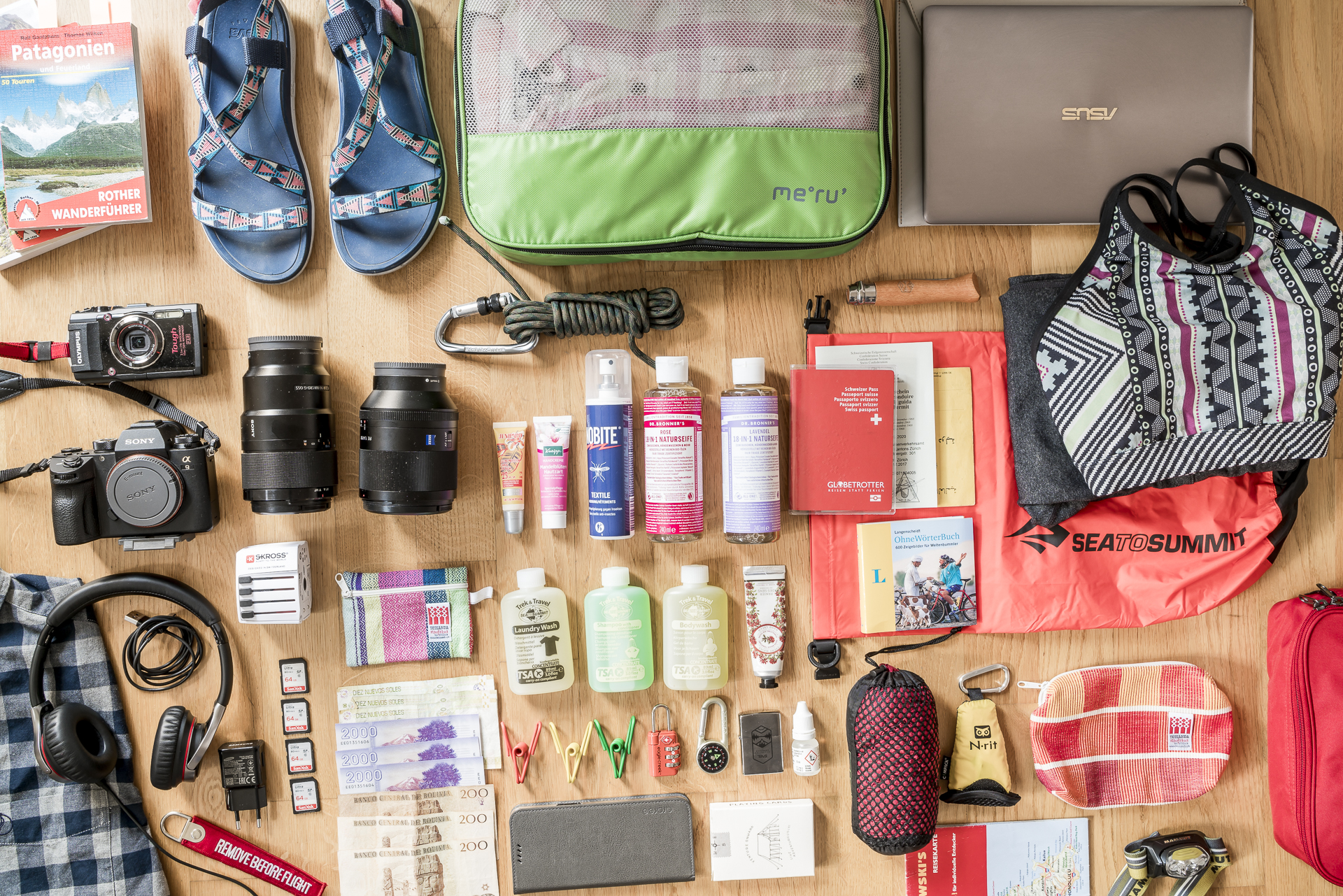
It starts soon! – our travel plans for 2018
The fact that I am passionate about being on the road and discovering new places can easily be seen in the content of this travel blog. Despite this desire to travel, I have only managed to be on the road for more than two or three weeks at a time. In 2007, my longest trip so far took me across Central America for almost two months. But I had the idea of a longer break for a long time in order to travel to some countries that have been on the bucket list for a long time, but whose arrival time requires more than “just” two weeks of vacation. After two very “filled” years with a job, a book project and many smaller blog projects, now is the right time for us to take this break. From January to June 2018, we are swapping our apartment and office life for six months of travel time. By the way, I don’t call the project a “trip around the world” (even if it leads around it), but as a series of places of longing, all of which are too far away to travel there quickly for the weekend.
Our “Great Journey” – Route Overview
January
Our journey starts on December 27, 2017 with a flight to Santiago de Chile. We will celebrate New Year’s Eve in Valparaíso (the New Year’s spectacle there is supposed to be a highlight of South America) and then we will go to Punta Arenas. For Patagonia we reserved a whole month and organized a rental car. The road trip will take us from Punta Arenas via Torres del Paine National Park and Bariloche to Puerto Montt, where we will return the rental car at the end of January and continue our journey towards northern Chile.
February
We start February in the Atacama Desert. From there it goes again to Argentina to the Salar Grande. Afterwards we travel by public transport via Tupiza, Potosi and Sucre to La Paz. From there, the journey continues to Lake Titicaca and Cusco, where we are allowed to test three great Green Pearls® member hotels.
March
March is all about Hawaii. We have a month to explore the four main islands of O’ahu, Kauai, Maui and Big Island.
April
New month, new country: From Hawaii we fly directly to Tokyo and hope for a suitable cherry blossom timing. We have also reserved a month for Japan and the trip will probably take us to the subtropical island of Yakushima.
May
At first glance, the start of May seems a bit “confusing”, but it has arisen due to visa regulations. We start with a three-day stopover in Shanghai, then make a one-week detour to South Korea and then “hop” back to China. From Beijing we follow the Silk Road to the border of Kyrgyzstan.
June
In the last month of travel, Kyrgyzstan, Kazakhstan and Uzbekistan are on the agenda. Globotrain and Globotrek supported us in planning the route along the Silk Road from Beijing to Tashkent. On this section of the route we will be accompanied by local guides and hopefully get a more intensive access to the country and its people.
Below you can find more details about our planned itinerary:
Our travel preparations
Apartment & Job
I received six months of unpaid leave from my employer. For me, this is a great starting point, because I don’t have to worry about a new job while traveling. I have decided to take over and continue to pay the pension fund contributions (employer and employee contribution) for these six months. The same applies to accident insurance, where the insurance cover ends 31 days after the last salary claim and I have therefore paid the corresponding amount for the five remaining months. Unlike me, the friend has decided to quit his job in order to take on a new professional challenge upon his return. If any of you are looking for an experienced online marketer with experience in e-commerce from July 2018 onwards, just get in touch!
Finding a suitable subtenant for a furnished 3.5-room apartment for exactly six months was not as easy as many people think. The time period, the person and the budget have to fit. We had the apartment advertised on ronorp from mid-September and on Homegate from mid-October. We found a suitable tenant couple exactly one month before departure.
Visa
I had applied for six months unpaid one year before the planned trip and from that point on I had put together a desired itinerary in my head. However, we didn’t start planning until September, because we simply didn’t have the time to do so before with the ongoing book project. Originally, I had the idea to follow the classic Trans-Siberian route from Beijing to Moscow and from there to make a detour to Central Asia at the end. What I didn’t realize in advance is that you can apply for a Russia visa a maximum of three months in advance and the possibilities to get it abroad (with the exception of the transit visa) are limited. For this reason, we finally decided against the Russia route and “bet everything” on China. There is also a 3-month deadline for the China visa. However, this can be extended to six months with a “double entry” application (and the corresponding proof that you have entered China twice). To our delight, this attempt worked. In addition to the China visa, we had to apply for a visa for Uzbekistan. I was also allowed to trot at the U.S. embassy, because you are no longer eligible for ESTA with an Iran stamp in your passport. Before that, I was also a bit nervous – but luckily it went smoothly.
For the other countries, a “Visa on Arrival” with appropriate proof of a return ticket is sufficient. Since there is no suitable “around the world” ticket for our route, we have booked all flight connections as individual flights.
Bless you
I haven’t been to the doctor as much in the last 10 years as I have in the last three weeks. It was necessary to refresh various vaccinations and clarify whether we need additional vaccinations. In addition to the booster vaccinations (as well as hepatitis A, which I already had), the rabies vaccination and the typhoid vaccination (oral vaccination) were recommended to us.
Money
Our budget for these six months is CHF 30,000 per person. At first glance, this sounds like an insane amount of money – but we have decided on some high-priced countries, some of which we even travel to during the high season. In addition, we are not planning a classic low budget backpacking trip, but have invested a lot of time in researching casual accommodations: from B&B to holiday apartments and hostels to luxury hotels, variety is guaranteed. The chosen “type of travel” is also expensive – especially the rental car in Patagonia.
On the way, we have our credit and debit cards as well as travel cash cards and some cash (dollars and local currency) with us. We have not paid attention to which bank offers the most favourable conditions for foreign withdrawals, but remain “loyal” to our house banks. That seems more practical to us.
Other
It was also necessary to take out international health insurance, as I am only insured for four weeks of vacation per year through my health insurance. For this purpose, I have taken out an insurance module for 183 days with my health insurance company (KPT). I also had to update my international driver’s license. This can be easily applied for at the respective road traffic office for a fee (in Zurich the fee is 15 CHF). For Japan, in addition to the international driver’s license, you also need a Japanese translation of the driver’s license for a possible car rental – but you can only apply for this in Japan itself at the JAF (Japan Automobile Federation) (maybe we will try this for Yakushima).
I pack my suitcase and take with me…
Luggage & general equipment
The challenge with our itinerary is that we will experience everything from very cool & wet to hot & dry. In addition, we have planned multi-day treks as well as “city trips”. Since I like to be prepared for anything, we got advice last week as part of Transa’s “Personal Shopping” offer in the Europaallee branch. This three-hour consultation is free of charge and is aimed at people like us who are planning a longer trip or a more extensive trek and want to complete their equipment.
The friend still needed a suitable piece of luggage, light sneakers as well as a down jacket and trekking/hiking pants. My “must have” list consisted primarily of a lot of small items such as TSA locks for luggage, packing cubes, ecologically degradable detergent for on the go…
Our “Personal Shopping” consultant Michi first took half an hour to find out in detail about our itinerary / type of trip and then guided us through the Transa branch according to our needs. Since I already own a very light Eagle Creek bag with wheels as well as a trekking backpack (in hand luggage compatible size), it was clear from the beginning that we would not “only” be on the road with a large trekking backpack, but would rely on the combination bag/backpack. Michi explained to us the advantages and disadvantages of classic duffle bags (without wheels, but very light), travel bags with a solid bottom and wheels (stable but heavy) and the travel bags with wheels, but without a fixed back. My Eagle Creek belongs to the latter category. After some back and forth, the friend decided on the waterproof Ortlieb 110l Duffle Bag, which with an empty weight of 2.7kg including wheels is a good compromise between light & without wheels and heavy & with wheels.
Michi’s inputs on the shift system and his tips on the essential items of trekking equipment for Patagonia were also helpful, as he himself had already done similar trekking on site. After about 2.5 hours we had all our odds and ends together and are now pretty well prepared for all eventualities (and of course you can also buy one or the other on the way)
And this is how we travel:
- Travel bag with wheels (Ortlieb Duffle RS 110l and Eagle Creek Rolling Duffle L 105l)
- Touring backpack (Mammut Lithium Crest 50+7l and Deuter Futura Pro SL 34l)
- 1x photo bag / 1x handbag
With the Mammut backpack you can remove the back support – then it is also hand luggage size.
And this is what we pack (clothing information based on one person):
Basics:
- Rain jacket / down jacket / light windstopper
Trekkingausrüstung:
- Fleece sweater and merino jacket
- Walking shoes
- Hiking Pants / 2x Long Sleeve Merino / 2x Short Sleeve Merino Shirts
- Micropur for purifying drinking water
- Refillable water bottle
Other:
- 3x Leinenhosen / 1x Jeans / 2x Shorts / 1x Leinekleid
- Sneakers / Teva Sandals
- 7x T-shirt / 4x long-sleeved tops
- Leggings / Bikini
- Eco-degradable shampoo / body care and laundry detergent
- Seidenschlafsack
- Silk Scarf / Buff
- Microfasertücher
- Sun and mosquito repellent
- Ropes / Clamps
- Kindle with reading material
- Headphones
- Headlamp
- Pocket knife
- First-aid kit
Since the duffle bags have no internal organization / compartments, we use packing cubes as well as dry bags and individual larger Tupperware containers for storage (tip from my mom, who has been trekking several times). We will rent a down sleeping bag, insulating mat and tent on the way.
Technology & Photography
Even though we will probably not be minimalist compared to other packing lists, one thing in particular is important: the photo equipment.
We thought long and hard about whether we should sell our prime lenses in favor of two zoom lenses. In the end, we decided against it. We pack the following equipment (divided into 2 people):
- Sony A7RII
- Sony A9
- Sigma 20mm F1,4 DG HSM | Art | Canon
- Sony Distagon T* FE 35 mm F1,4 ZA – SEL35F14Z
- Sony Planar T* FE 50mm F/1.4 ZA – SEL-50F14Z
- Sony FE 90mm F2.8 Macro G OSS – SEL-90M28G
- One laptop each (Macbook Pro 13 inches / Asus Zenbook 12.50 inches)
- One smartphone each (Huawei P9 / Samsung S8+ Dualsim)
In addition, two external batteries, various memory cards, an external hard drive, an Olympus Stylus Tough TG-4 compact camera (suitable for underwater) and a Manfrotto Befree carbon travel tripod are included.
During the travel season, we as ambassadors are allowed to test the new insurance offer from LINGS free of charge. With its offering, Lings specifically addresses photographers who want flexibly controllable protection of their equipment. The insurance covers damage caused by destruction, damage and theft and can be activated individually for each device exactly when you are on the road. We will activate protection for all of the above-mentioned devices on the day of departure and will also provide a weekly insight into our travel lives on LINGS’ social media channels during the travel period. Until now, we had never consistently insured everything in full. For this trip, however, this insurance cover gives me a good basic feeling – or rather, the expensive equipment lets me pack a little less “what if” doubts.
Note:
Globotrek and Globotrain are partners in supporting the China/Central Asia leg of the journey
At LINGS, I take on an ambassador function
as a tester of the insurance offer during the travel period Transa kindly gave us a discount on the completion of the travel equipment


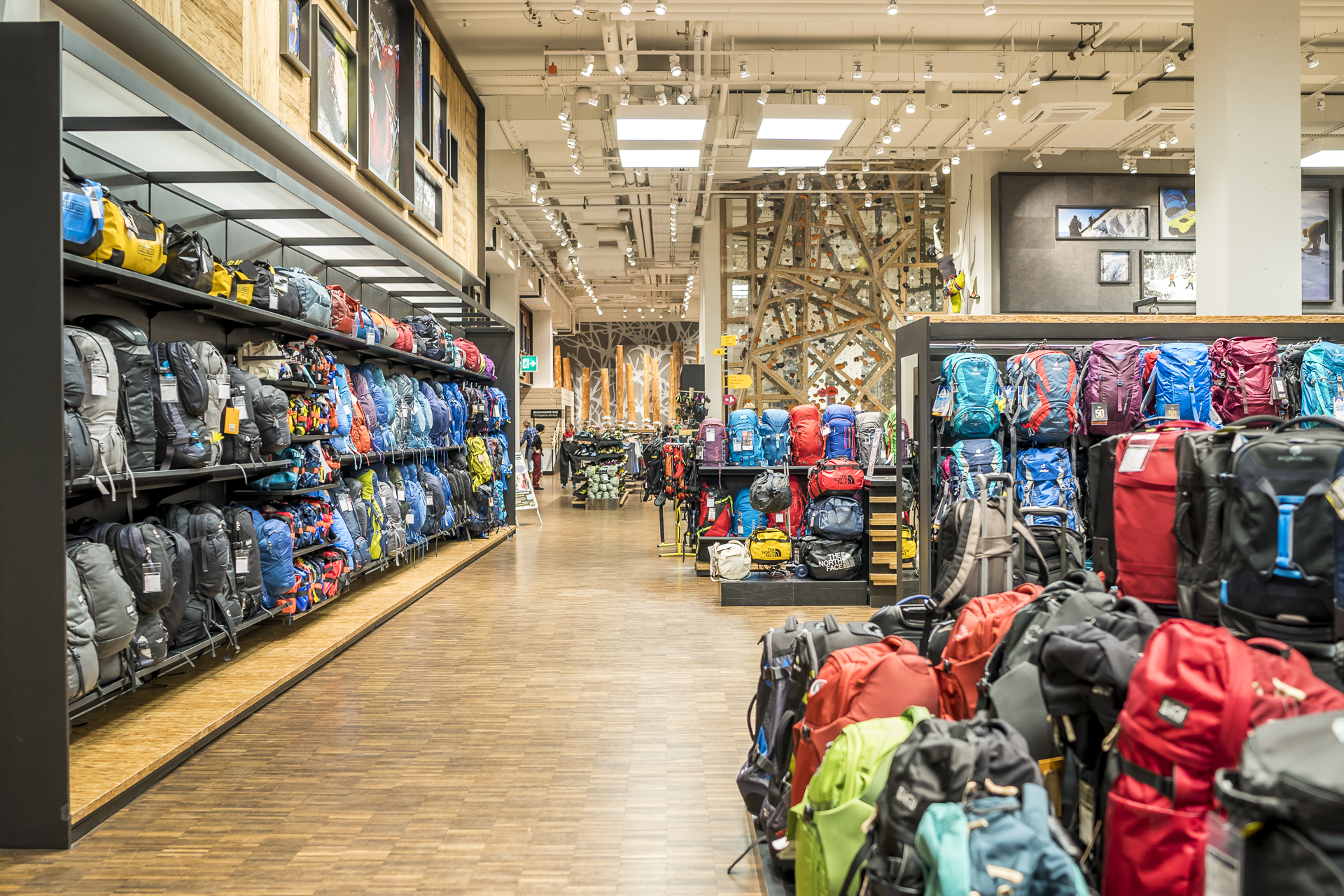
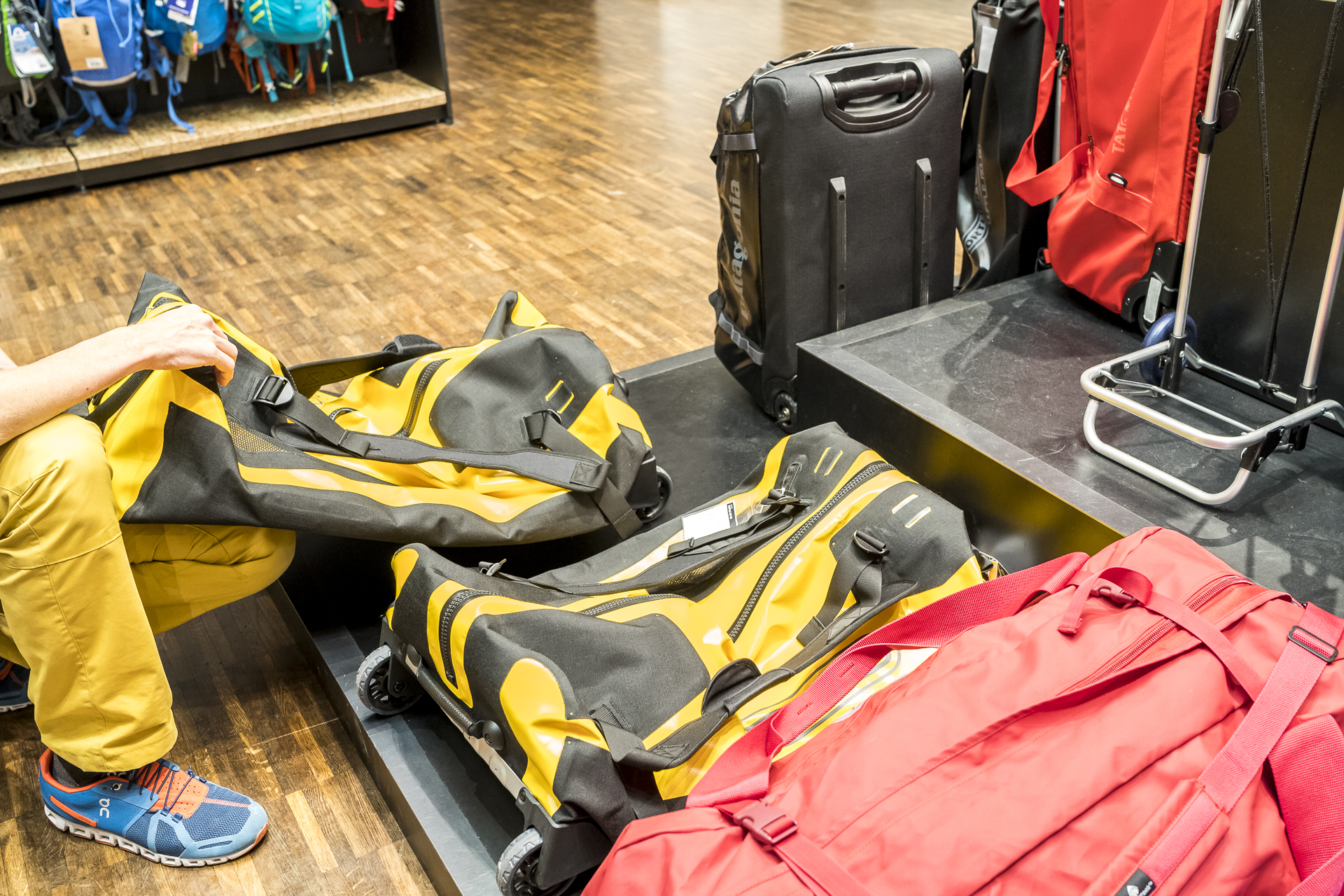
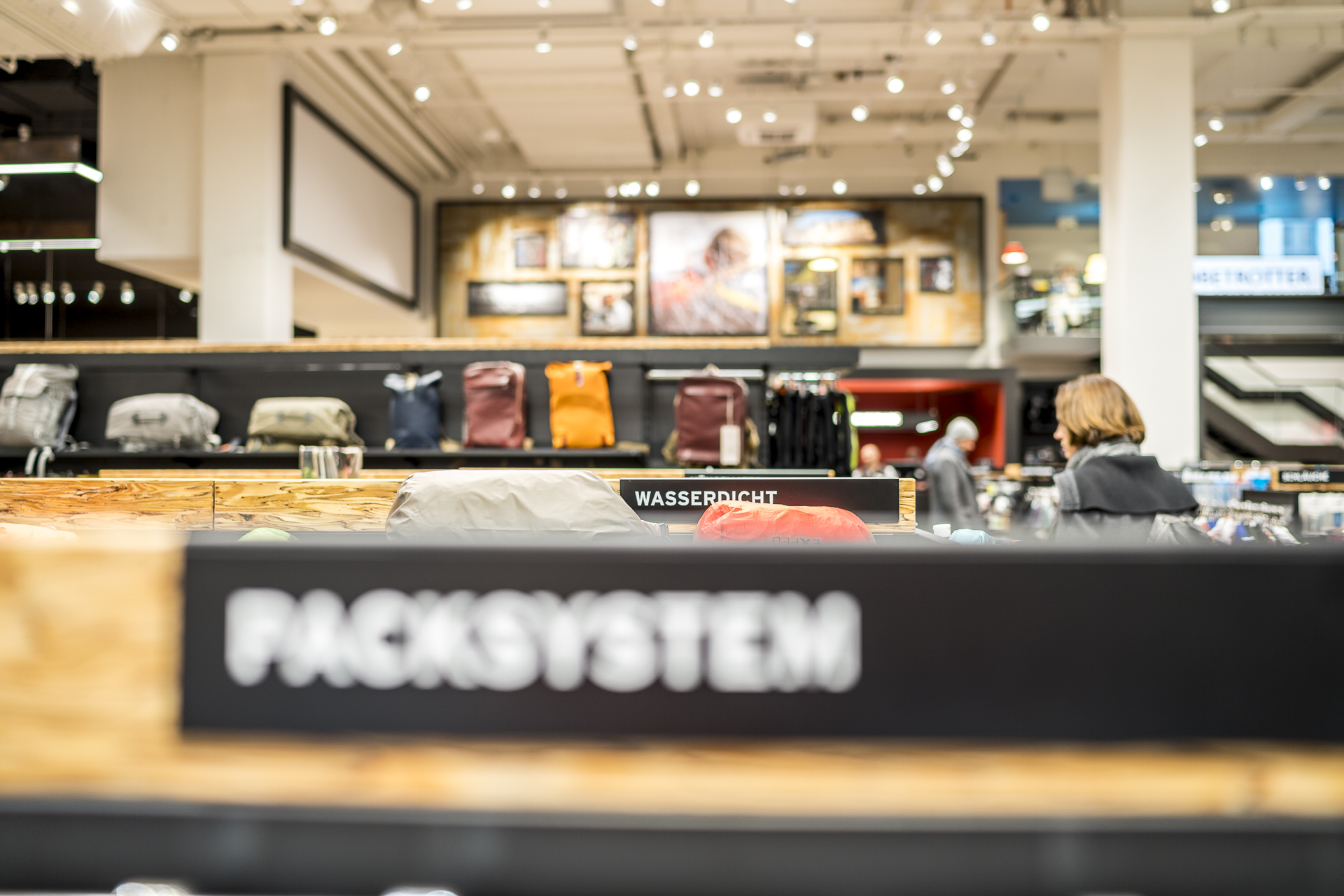
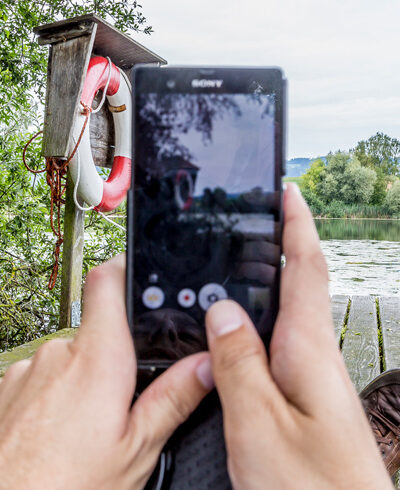
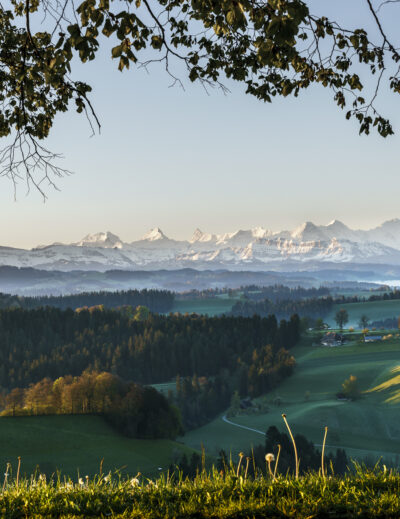
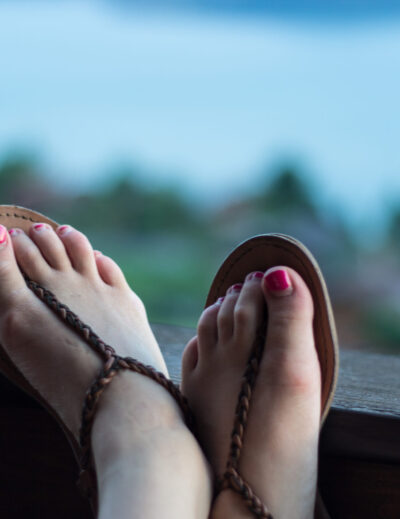
Leave a Reply